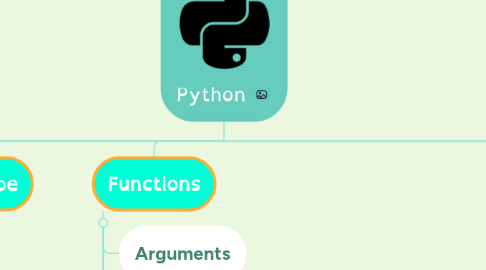Python
by Karim mohamed Abdelaziz goda


1. Python Basic
1.1. Environment Setup
1.2. Variable Types
1.3. Basic Operators
1.4. Decision Making
1.5. Loops
1.6. Strings
1.7. Tuples
1.8. Dictionary
1.9. Functions
1.10. Modules
1.11. Exceptions Handling
2. Applications
2.1. Web Development.
2.2. Game Development
2.3. Scientific and Numeric
2.4. Artificial Intelligence and Machine Learning.
2.5. Software Development
2.6. Enterprise-level/Business
2.7. Education programs and training courses
2.8. Language Development
3. Operators
3.1. Arithmetic Operators
3.1.1. + , - , * , / , ** , //
3.2. Comparison Operators
3.2.1. ==,!=,<>,<,>,<=,>=
3.3. Assignment Operators
3.3.1. *= , /= , -= , += , %=
3.4. Logical Operators
3.4.1. AND
3.4.2. OR
3.4.3. NOT
4. Structures
4.1. Built-in Data Structures
4.1.1. list
4.1.2. tuple
4.1.3. set
4.1.4. dictionary
4.2. User-Defined Data Structures
4.2.1. stack
4.2.2. tree
4.2.3. linked list
4.2.4. graph
4.2.5. hash map
